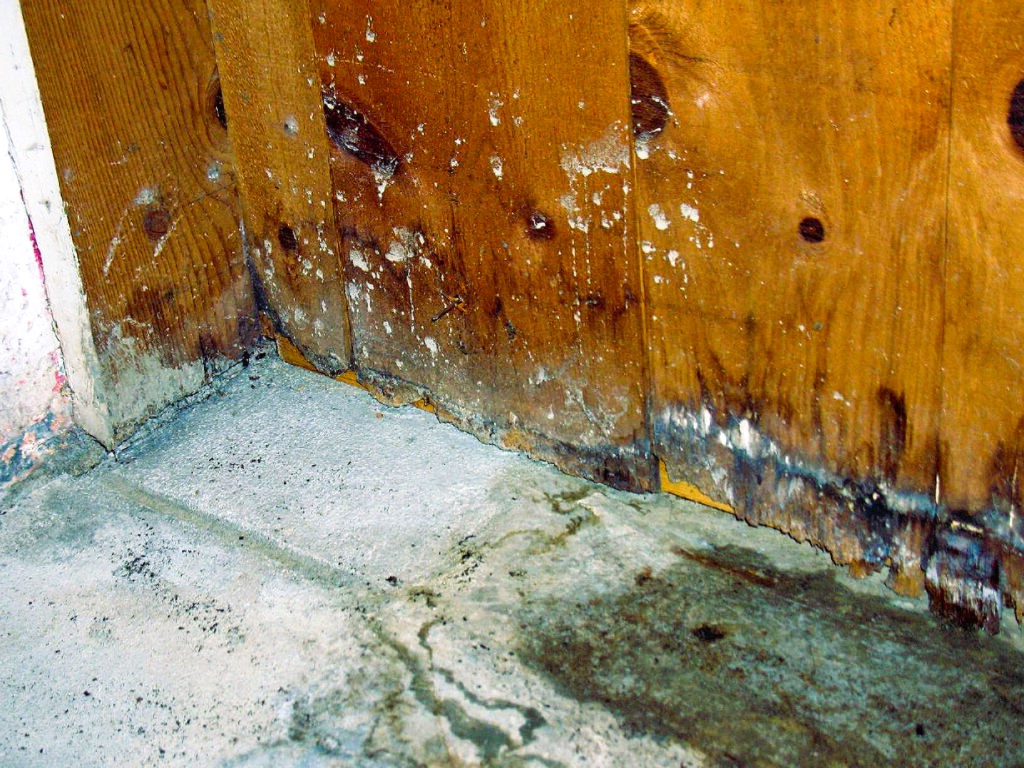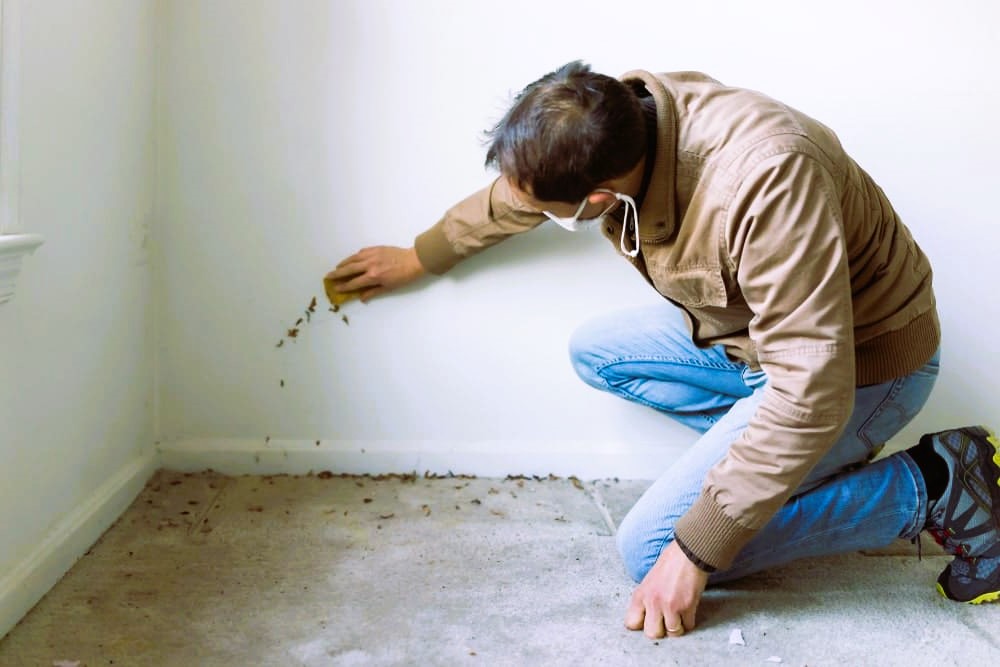Mold is a type of fungus that thrives in damp, humid environments and can pose significant health risks to occupants of homes and buildings. Mold growth can occur indoors when moisture levels are high, leading to a variety of health problems and structural issues. In this article, we’ll explore the dangers of mold and moisture in homes, the factors that contribute to mold growth, and the importance of addressing mold and moisture problems promptly.
Understanding Mold
Mold is a natural part of the environment and plays a role in breaking down organic matter. However, when mold spores land on damp surfaces indoors, they can begin to grow and multiply, forming colonies that release spores into the air. Mold growth is often visible as discoloration, stains, or fuzzy patches on walls, ceilings, floors, and other surfaces. Common types of mold found indoors include:
- Stachybotrys chartarum (black mold): Black mold is a toxic mold species that can produce mycotoxins, which may cause respiratory issues, allergic reactions, and other health problems.
- Aspergillus: Aspergillus is a common indoor mold genus that can cause respiratory infections, allergic reactions, and asthma exacerbations in sensitive individuals.
- Cladosporium: Cladosporium is a widespread mold genus that can trigger allergic reactions and respiratory symptoms in susceptible individuals.
- Penicillium: Penicillium is a common indoor mold genus that can produce allergens, irritants, and mycotoxins, leading to respiratory issues and allergic reactions.
Health Risks of Mold Exposure

Exposure to mold can have adverse health effects on occupants of homes and buildings, particularly those with respiratory conditions, allergies, or compromised immune systems. Common health risks associated with mold exposure include:
- Respiratory Issues: Mold spores can trigger asthma attacks, allergic rhinitis (hay fever), bronchitis, and other respiratory conditions in susceptible individuals.
- Allergic Reactions: Mold can cause allergic reactions, such as sneezing, coughing, wheezing, nasal congestion, skin irritation, and eye irritation, in sensitive individuals.
- Infections: Mold exposure can increase the risk of fungal infections, particularly in individuals with weakened immune systems, such as those undergoing chemotherapy or organ transplantation.
- Toxic Effects: Certain mold species, such as black mold (Stachybotrys chartarum), can produce mycotoxins that may cause toxic effects, including neurological symptoms, immune suppression, and organ damage. In our article, we have collected the latest innovations in home inspection tools and technologies.
Factors Contributing to Mold Growth
Mold requires moisture, warmth, and organic matter to grow and thrive. Several factors can contribute to mold growth in homes and buildings, including:
- Excess Moisture: Poor ventilation, water leaks, flooding, and high humidity levels can create ideal conditions for mold growth indoors.
- Water Damage: Water intrusion from roof leaks, plumbing leaks, or flooding can result in damp conditions that promote mold growth on building materials and furnishings.
- Poor Ventilation: Inadequate ventilation in bathrooms, kitchens, basements, and crawl spaces can lead to moisture buildup and mold growth.
- Condensation: Condensation on windows, walls, and pipes can provide moisture for mold growth, particularly in cold or poorly insulated areas of the home.
Preventing and Addressing Mold and Moisture Problems

Preventing mold and moisture problems requires proactive measures to control moisture levels and minimize conditions conducive to mold growth. Homeowners can take the following steps to prevent and address mold and moisture problems in their homes:
- Monitor Indoor Humidity: Keep indoor humidity levels below 60% to prevent mold growth. Use dehumidifiers and air conditioners to reduce humidity in damp areas of the home, such as basements, bathrooms, and laundry rooms.
- Fix Water Leaks: Promptly repair water leaks from plumbing fixtures, roofs, windows, and foundations to prevent water damage and mold growth.
- Improve Ventilation: Ensure adequate ventilation in bathrooms, kitchens, and other high-moisture areas by installing exhaust fans, opening windows, and using ventilation systems.
- Clean and Dry Water-Damaged Materials: Clean and dry water-damaged materials, furnishings, and belongings within 48 hours to prevent mold growth. Discard porous materials that cannot be thoroughly cleaned and dried.
- Inspect and Maintain Gutters and Downspouts: Regularly inspect and clean gutters and downspouts to ensure proper drainage and prevent water from entering the home.
In conclusion, mold and moisture are hidden dangers that can pose serious health risks and structural issues in homes and buildings. By understanding the risks of mold exposure, identifying factors contributing to mold growth, and taking proactive measures to prevent and address mold and moisture problems, homeowners can create safer and healthier living environments for themselves and their families. For more information on mold prevention and remediation, visit Canada.ca.

